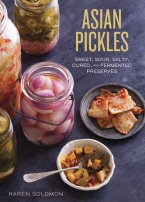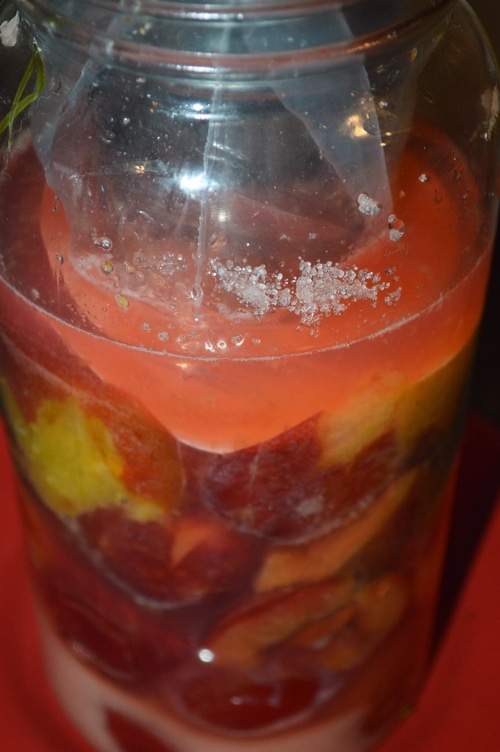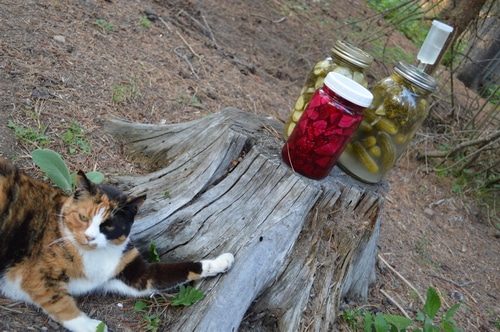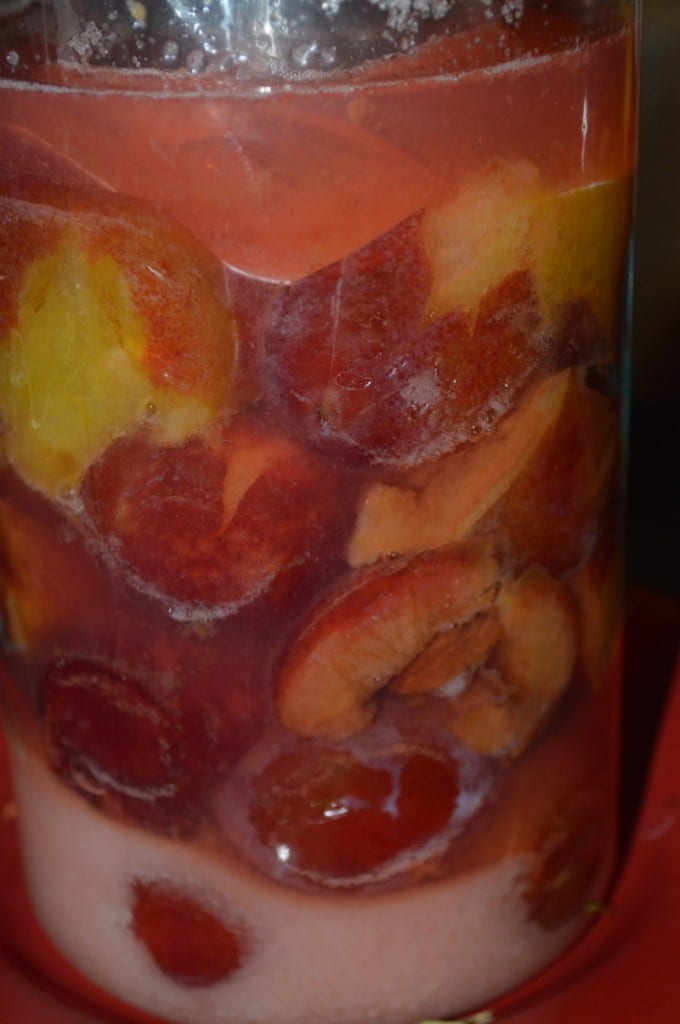Bring the tastes of Asia to your table with Asian Pickles
Asian Pickles an inspiring book for those with experience in fermentation. If you’re confident in your understanding of the basic principles of Lacto-fermentation, this book will inspire you at a new level.

5 out of 5 stars
Homesteaders have a hard time getting away from the farm for a vacation. Even just camping in the next province or state, is rift with complications – trying to find a farm sitter, stocking up hay and grain, dog food, and chick starter, fully knowing that you may come home to losses. But travel is attractive – especially travelling to another country and culture. The sites, aromas, food, especially the food, expand your worldview and stimulate your imagination. Travel is the one experience that homesteaders miss the most. And travel includes experiencing the cuisine of your destination 3 times a day through street vendors, restaurants, pubs, and home cooking.
Finding ways to bring that cross-cultural experience to the homestead is an important contributor to contentment and continued inspiration. Kids especially homeschooled kids, need to experience the flavours, textures, and colours of other cultures hands-on – not just through books and movies, to enrich their education.
Asian Pickles brings some of the flavours of the orient to your homestead in a familiar and healthful way. Consider studying a country, cooking a meal, and fermenting pickles and chutneys to offer your family this travel experience without leaving home. Korea and kimchi (pickled radishes) (p. 57), Japan and umeboshi (pickled plums) (p. 16), Thailand with chillies and lime (p. 158), will transport you in a way that a dill pickle on a hamburger takes you home to North America. Asian Pickles will coach you through the planning process and offer you tips along the way. Tips like, “A Better Way to Peel Ginger and Turmeric”
‘Send your carrot and potato peeler packing for this job. When it comes to skinning a rhizome, a simple teaspoon is far more effective at scraping away the thin skin while preserving the tender flesh beneath. It’s also better equipped to handle the knobby nooks of a rhizome’s odd shape. Try it. (You’re welcome.)’ p. 175.
Some, but not all of the fermented pickle recipes require visiting an Asian market or growing your own vegetables to get hold of the more exotic ingredients like shiso or watermelon radishes. Some of these ingredients can be left out or substitutions can be made, without a huge loss to the recipe. But why not take advantage of the opportunity to visit another culture at home and take your students along to the Asian market or the garden for a hands-on experience.

Asian Pickles is organized according to the 5 main areas of Asia: Japan, Korea, China, India, and Southeast Asia. Traditional ferments from each area are presented along with fermented dishes inspired by the cuisine of each region. Special techniques, like making a pickling bed from Koji rice or miso to introduce the Aspergillus oryzae culture to the fermented vegetables, are carefully explained. These pickles are not meant to be canned in a boiling water bath like vinegar pickles, but rather they are lacto-fermented and placed in cold storage, to be enjoyed through an extended season. You can open the jar and just take out the portion that you want. The pickles left in the jar will continue to be preserved indefinitely, provided they are kept in a cool place.
Asian Pickles offer the lesson of time and of slowing down the frenetic pace of modern life. They demand that you make them and put them away. Then come back and nurture them, and wait. Some pickles take only 20 minutes, while others take up to 7 weeks to complete their fermentation cycle. There are timelines at the top of each recipe to guide you in your choices of which recipe to make. There are a few that offer instant gratification. Most require an extended fermentation that teaches us that good things are worth waiting for.
If you’ve never made a fermented food like ginger beer, kombucha, sauerkraut, or dill pickles before, you should probably put this book on your wish list for your second foray into fermented pickles and cultured food. It’s an inspiring book for those with a little experience in their repertoire. Beginners would be better served with my favourite fermentation book, by Katz, “The Art of Fermentation,” which offers a basic step-by-step guide to different fermentation techniques, safety precautions, and science, but no photographs. However, if you’ve browsed Katz’s book and feel confident in your understanding of the basic principles of lacto-fermentation, this book, Asian Pickles, will inspire you at a new level.
The tasteful photography is exceptionally compelling. The redness of the Fresno chillies, the pale green of the hot mustard leaves, and the texture of rough greyed boards and crisp linen cloths set this cookbook apart from other fermentation cookbooks. The pictures represent serving suggestions that most of us can reproduce in our homestead kitchens.
And just in case the pictures are not powerful enough hints, each section includes information about how each culture’s fermented food would be served in its country of origin. Umeboshi, for instance, is a traditional pickled plum often served for breakfast in Japan and valued for its puckery tartness. Who would have thought of eating rice and pickles for breakfast? Author, Karen Solomon did.
The author, Karen Solomon is no stranger to fermented traditional foods. She describes herself as a veteran culinary tinkerer and food crafter. She is the author of The Cheap Bastard’s Guide to San Francisco, a contributor to San Francisco magazine and the San Francisco Chronicle, and a former editor and columnist for the San Francisco Bay Guardian. She has written 7 books including Jam It, Pickle It, Cure It, Can It, Bottle It, Smoke It, as well as Asian Pickles.
Warning: This cookbook may lead to the building of a traditional root cellar as the modern refrigerator doesn’t offer enough space to store all the bounty that comes from your garden and your Asian Pickle ferments.

I received this book from Blogging for Books for this review. This review represents my honest opinion of the work.




Leave a Reply